Affiliate links on Android Authority may earn us a commission. Learn more.
Can Netflix actually stay on top in the streaming wars?
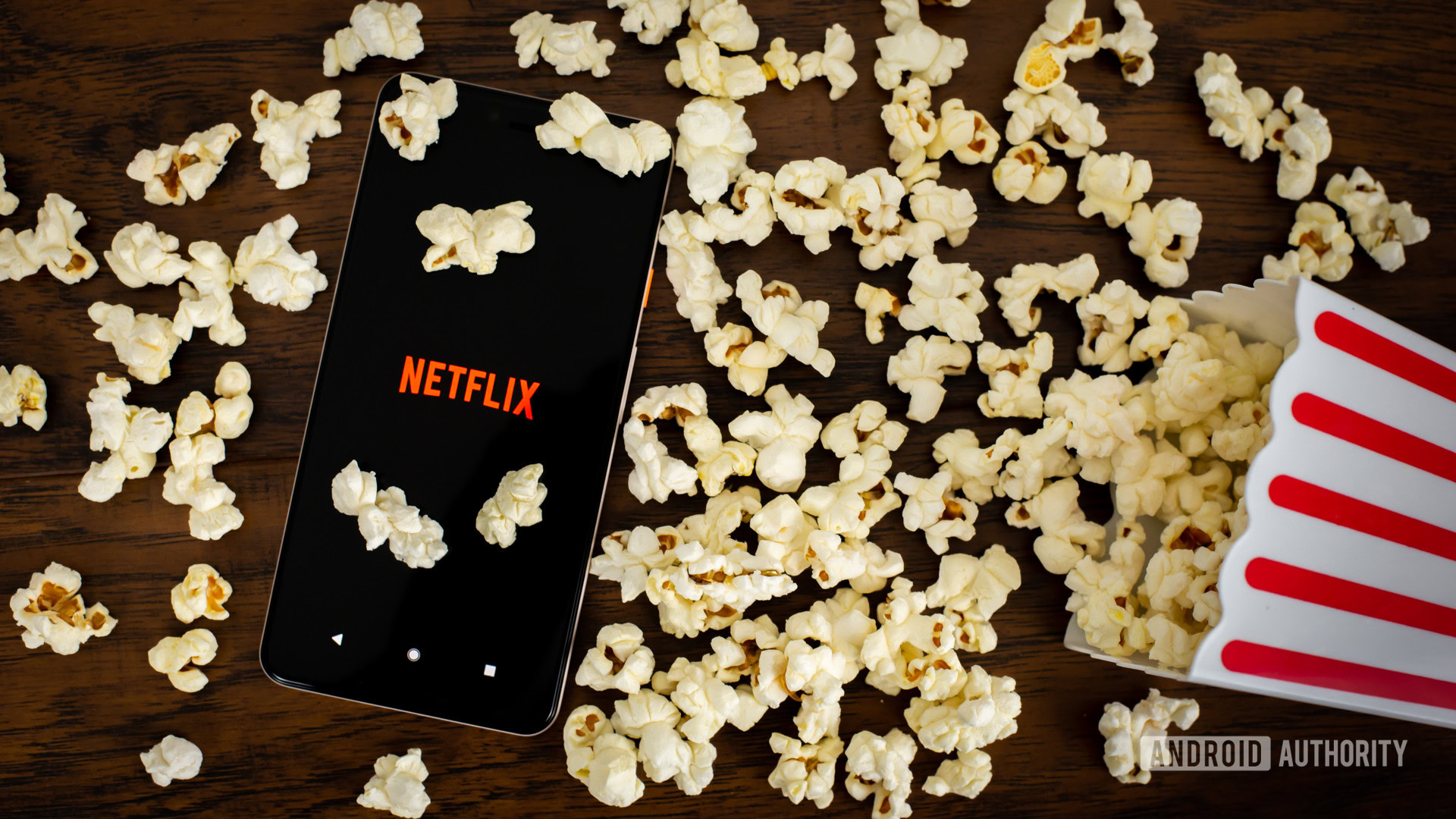
The streaming wars have been heating up for years. Initially, it was Netflix‘s game, as the popular service effectively defined streaming as we now know it before anyone even tried to compete. But as media companies started launching their own one-stop streamers, the landscape has shifted — slowly at first but increasingly fast of late. So what does that mean for the future of streaming?
If everyone has their own streamer, it becomes harder for any one company to hold onto licensed titles, so virtually every service needs exclusive new content. Can you make do with just one service? Would one main streaming platform and one or two supplemental services do the trick? Are we approaching a new reality with streaming bundles reminiscent of cable packages?
Read on for a breakdown of how streaming has changed since Netflix first launched its VOD offerings in 2007, and how newer players like Disney Plus, HBO Max, Apple TV Plus, and more might fare in the ongoing streaming wars.
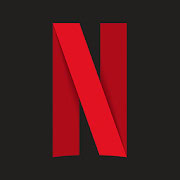
Streaming wars overview: When did Netflix start streaming?
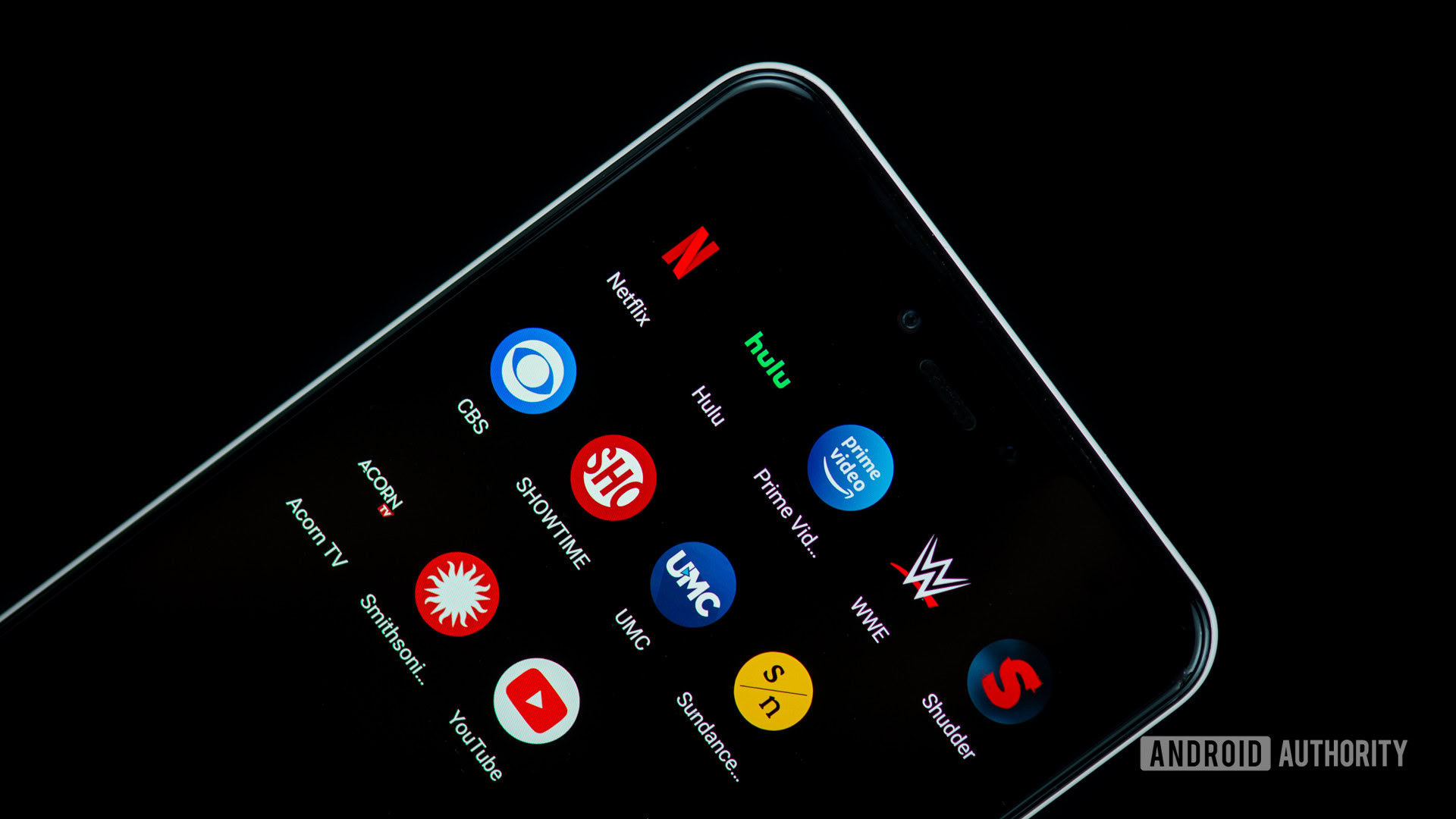
For nearly a decade, Netflix went largely unchallenged. Or at least, that’s the popular narrative.
In reality, Hulu launched in 2007, the same year Netflix expanded and started its streaming service. The big difference is that Hulu was starting from scratch, establishing its brand out of nothing, in a then virtually nonexistent ecosystem.
Netflix was never really the only game in town, but it established its supremacy early on.
Netflix already had a decade’s head start as a brand tied to home entertainment. Long before it became the streaming behemoth we know today, Netflix was a mail-order video rental service (which it still kind of is in the US, if you’re one of the very few people who still take advantage of their DVD service).
As Netflix grew as a streamer, so did Hulu, eventually being acquired by Disney in 2019. In that time, other companies have thrown their hats in the ring, offering either new original content, library titles, or a mix of both. Some crashed and burned (looking at you, Quibi), and others have carved out small niches of the market for themselves. But still, others have begun actually challenging Netflix for the top spot. They’re not there yet, but we’ve seen incredibly rapid change in just the last few years, with Netflix taking a huge dive in its perceived value among subscribers, and that could mean major disruptors in the future of streaming.
See also: Is Netflix worth it?
Streaming wars: The contenders

If Netflix is vying to hold onto its title as the most popular streaming service, it’s worth taking a moment to survey the landscape in the US and see who might pose a threat in the future of streaming.
Hulu
Hulu has been Netflix’s main competitor for years. As the playing field began to shift around 2019 and 2020, Netflix still controlled about twice as much of the streaming market as Hulu, but together, the two streamers accounted for more than half of streaming subscribers in the US.
Read more: Everything you need to know about Hulu
Hulu is quite similar to Netflix in that it offers a mix of licensed library titles and original content, like the award-winning The Handmaid’s Tale and the brilliant Only Murders in the Building.
A major difference between Hulu and Netflix is pricing. or it used to be. The Disney-owned streamer offers an ad-supported tier that costs just $6.99 per month, far below Netflix’s previously exclusively ad-free rates, which started at $9.99 and went up to $19.99 per month until recently. Netflix has made the shift to keep up with the competition though. In early November 2022, the streamer launched its own $6.99 subscription tier with ads.
Hulu also offers a degree of immediacy — some shows stream weekly, with a limited delay between the original broadcast and streaming availability. Netflix, on the other hand, only gets its own originals on that kind of timeline.
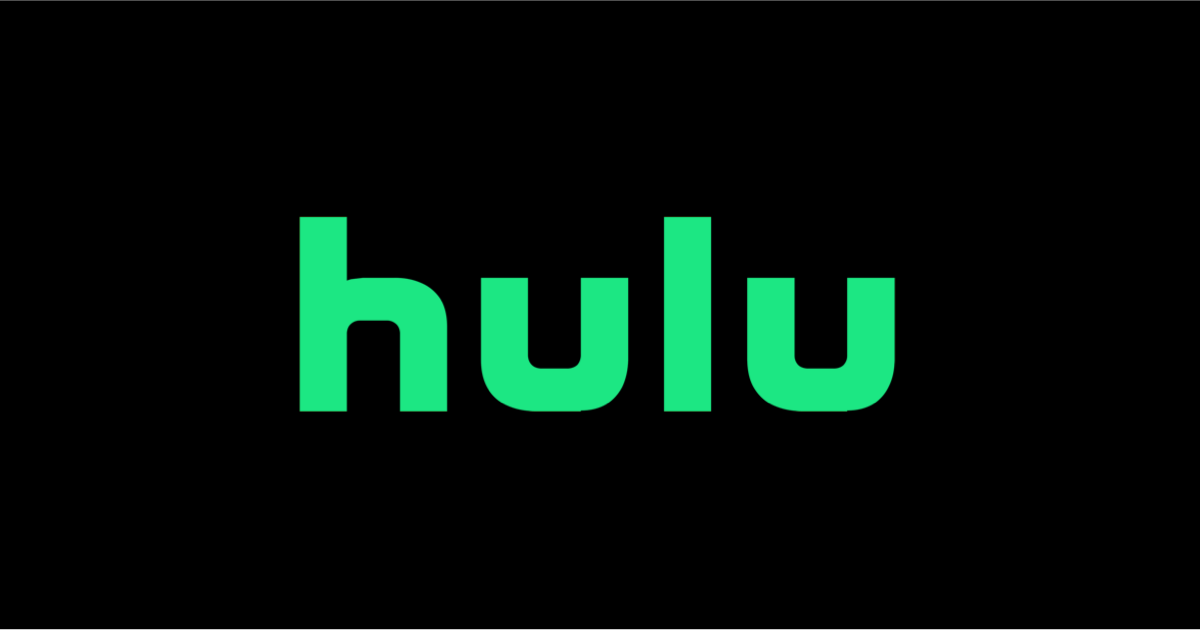
Disney Plus
Disney Plus is one of the fastest-growing streamers to give Netflix a run for its money.
Like Netflix and Hulu, Disney offers a mix of library titles and original content. But the streamer isn’t licensing the hottest new NBC or Showtime shows to stream alongside animated classics. It’s all Disney. And even its Disney-owned content is limited to specific Disney brands. In the US, that means FX and 20th Century Studios content mostly lives on Hulu and other streaming services.
On Disney Plus, you can find Disney, Disney Channel, Marvel, Lucasfilm, and National Geographic titles, as well as a few one-offs like The Simpsons. That does include new and exclusive content, like Marvel’s Disney Plus TV series, as well as Star Wars shows like The Mandalorian.
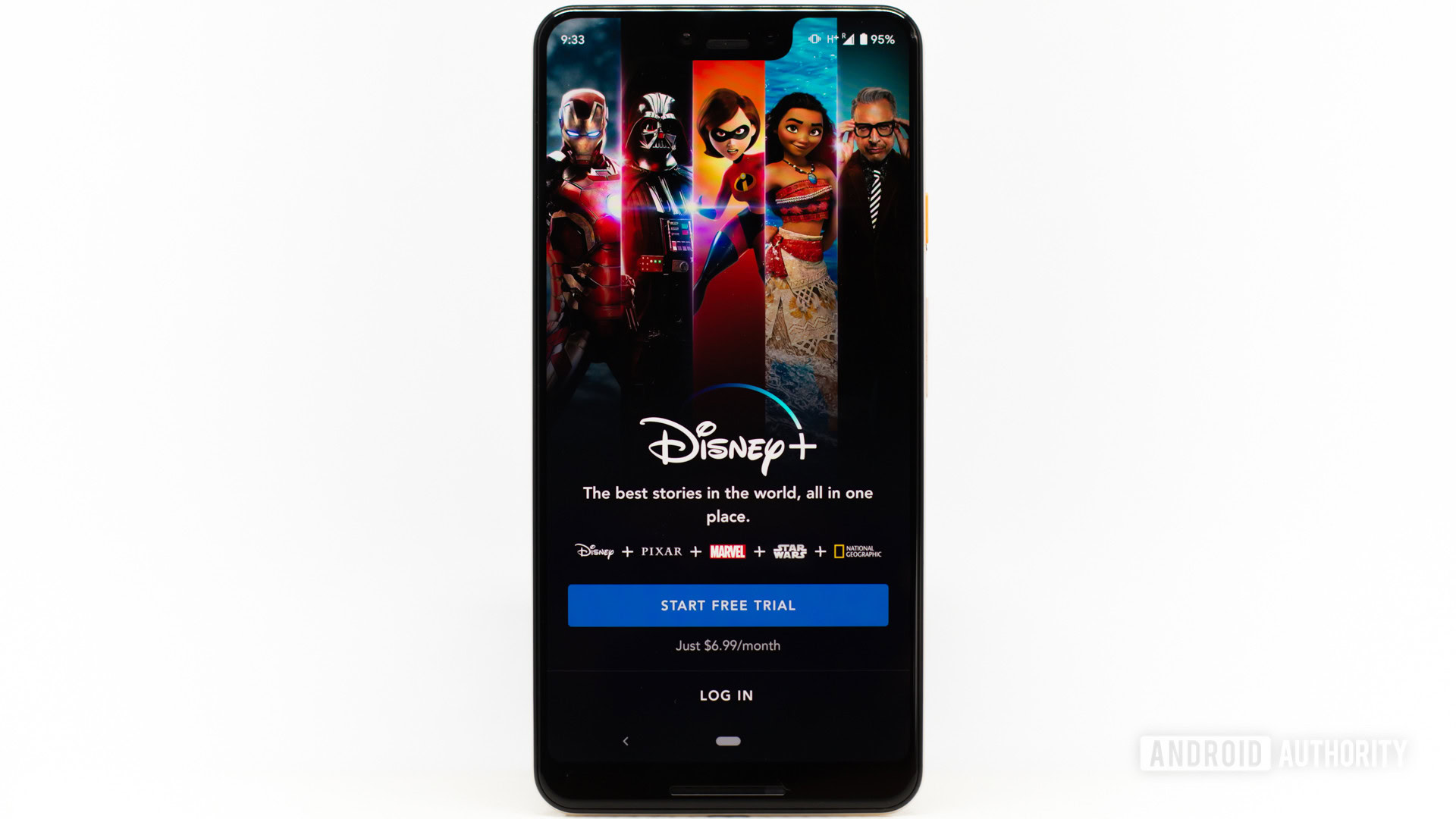
Amazon Prime Video
Another player that’s been in the game for a while, existing in some form since 2006, is Amazon Prime Video. Like Netflix, the service offers a mix of original programming and licensed shows and movies.
Amazon Prime Video is a bit of an outlier as it’s not just a streaming service, it’s wrapped up into your regular Prime account. If you signed up for Prime to save on shipping, well, you’re a Prime Video subscriber now too. And you also have access to Music Prime, Prime Gaming, and more. That makes it harder to count streaming subscribers, since people might subscribe without even knowing or caring that they can watch stuff too.
Read more: Everything you need to know about Amazon’s Lord of the Rings series
Nevertheless, Amazon Prime Video is a major player, with a huge library that includes original shows and movies like The Expanse, The Big Sick, and the big-ticket The Wheel of Time.
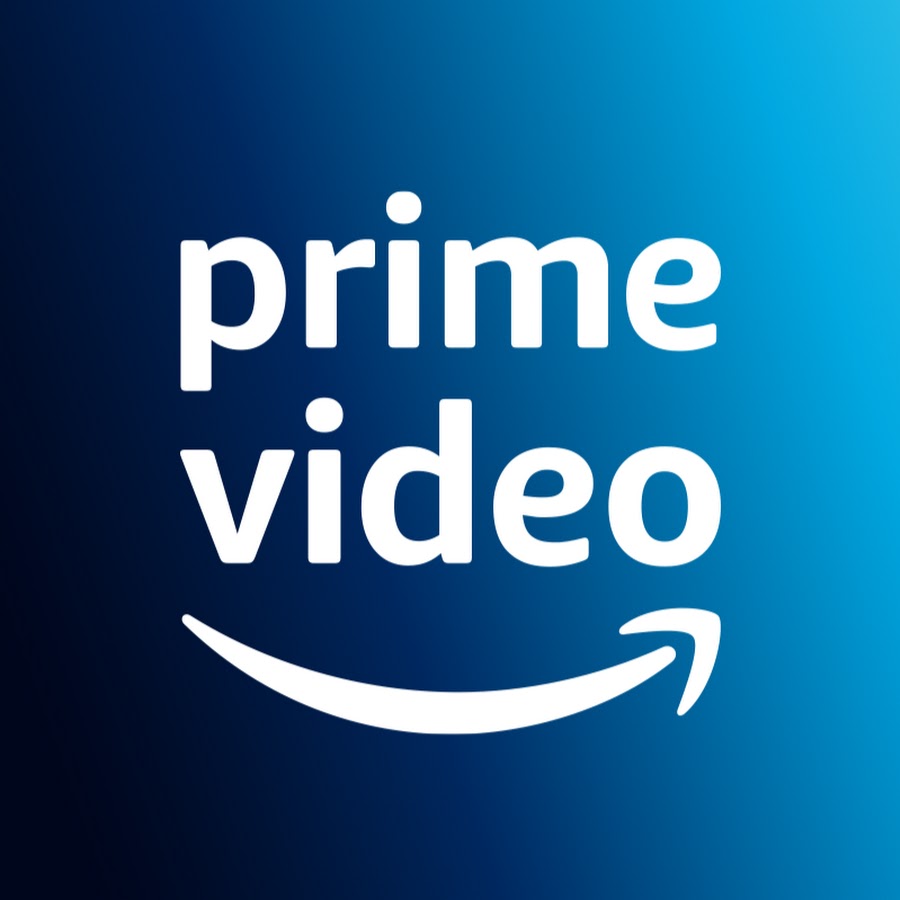
HBO Max
A late entry in the streaming game as a one-stop service is HBO Max.
Launched in 2020, HBO Max is WarnerMedia’s massive subscription streaming service, available ad-free and at a reduced ad-supported rate — $14.99 and $9.99 per month, respectively. That’s not cheap, but the service has one of the most impressive libraries around. It includes HBO titles, films from the Warner archive, and a slew of other licensed and original titles, like the series Station Eleven, Raised by Wolves, and The Flight Attendant, or original films like Kimi and The Fallout.
HBO Max also has a huge library to draw from and expand on. Think of the rebooted Sex and the City series And Just Like That… or 2021’s Gossip Girl, or reunion specials celebrating Friends or Harry Potter.
Read more: The best movies on HBO Max
HBO Max also took a bold step to release Warner Bros.’ entire film slate, day-and-date on HBO Max for all of 2021. That means subscribers could watch films like Godzilla vs. King Kong, The Suicide Squad, and Dune with their $14.99 subscription at home on opening day. (Those titles only remained available to stream for 31 days and weren’t included with the cheaper, ad-supported subscription.) The company grew a lot after that, gaining almost 10 million new subscribers.
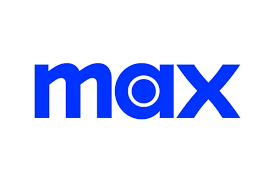
Apple TV Plus
A bit slower to pick up steam, Apple TV Plus has been the fastest-growing streamer in the last year.
Unlike much of its competition, Apple focuses almost exclusively on original content. Subscribers can still rent or buy shows and movies on Apple TV, but the Apple TV Plus brand is for in-house productions and exclusive streaming deals. Some big-ticket titles like The Morning Show, Ted Lasso, and Foundation have likely helped it make a name for itself, though the Apple slate includes plenty of smaller gems like Servant and Dickinson too.
With the deep pockets of a company like Apple, Apple TV Plus has a lot of room to build over time. Eventually, the lack of library titles won’t be such a big deal because Apple’s originals may well be enough to convert holdouts.
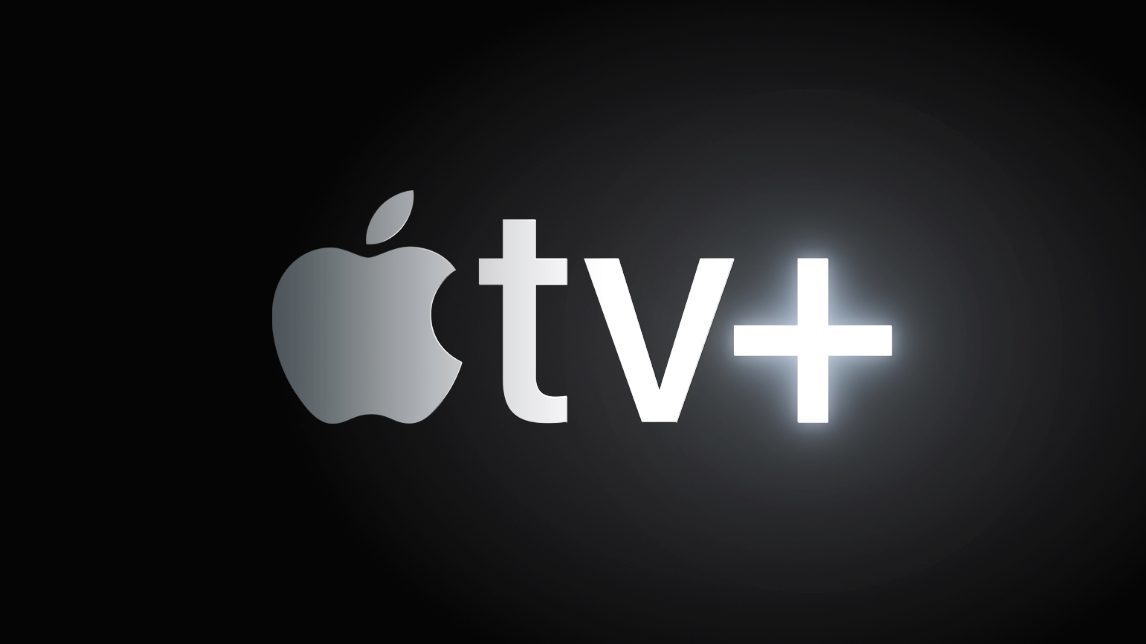
Premium cable
Premium cable subscriptions are lagging far behind in the streaming space.
Networks like Starz, Epix, and Showtime have moved online as one-off offerings. If you subscribe to the channels via cable, you get instant access, but cord-cutters can sign up too. You can have the Showtime streaming app to catch every new episode of Yellowjackets, for example.
While the programming remains solid, these are probably the losers in the streaming wars. They’ve generally stagnated as stand-alone services, selling off rights to their shows piecemeal to other services in order to compete. They’re usually pretty cheap and make for good add-ons in your streaming ecosystem though.
Everyone else
The list above hardly captures everyone competing with Netflix. Companies with smaller libraries than WarnerMedia and Disney have been launching their own dedicated streamers too. NBCUniversal’s Peacock and Paramount’s Paramount Plus are small but mighty additions to the space. They also keep growing all the time.
Then there are the even smaller services catering to niche audiences too. Shudder is tailor-made for horror fans. Crunchyroll appeals to anime lovers. The arthouse crowd has Mubi and Criterion Channel. BET Plus and Allblk attack African-American audiences. And on and on.
And last, there are the many live TV streaming services, which effectively migrate your cable bundles of yesteryear into the streaming space. These include Fubo TV, Philo TV, Sling TV, Hulu Plus Live TV, and more.
A shifting landscape: Who will win the streaming wars?

This many new players means power is shifting, and fast. Antenna, an analytics firm that specializes in subscription streaming services, has reported some major changes to streaming service market shares just in the last year. These could point to some big changes in the future of streaming.
In 2021 alone, streaming services overall saw a jump of 57% in new subscriptions compared to 2020. Paramount Plus, AppleTV Plus, Peacock, and Discovery Plus represented 82% of that growth. That means that the playing field is levelling, at least a little bit. Bigger streamers like Netflix, Disney Plus, and Hulu barely grew at all in that period.
Netflix is still king, but it's growing slower than some of its competition.
It’s important to note that these numbers only represent streaming in the US. Some of these services are available globally, or at least in more than one country. This breakdown offers a good snapshot of how they compare when offered in the same markets, though.
And what we can clearly see is major fluctuations in the distribution of subscribers. A rising tide lifts all boats, as they say, but Netflix doesn’t have a ton of room left in which to rise. It’s certainly not dipping back down, but neither is it likely to stay on top forever.
The future for Netflix and the future of streaming
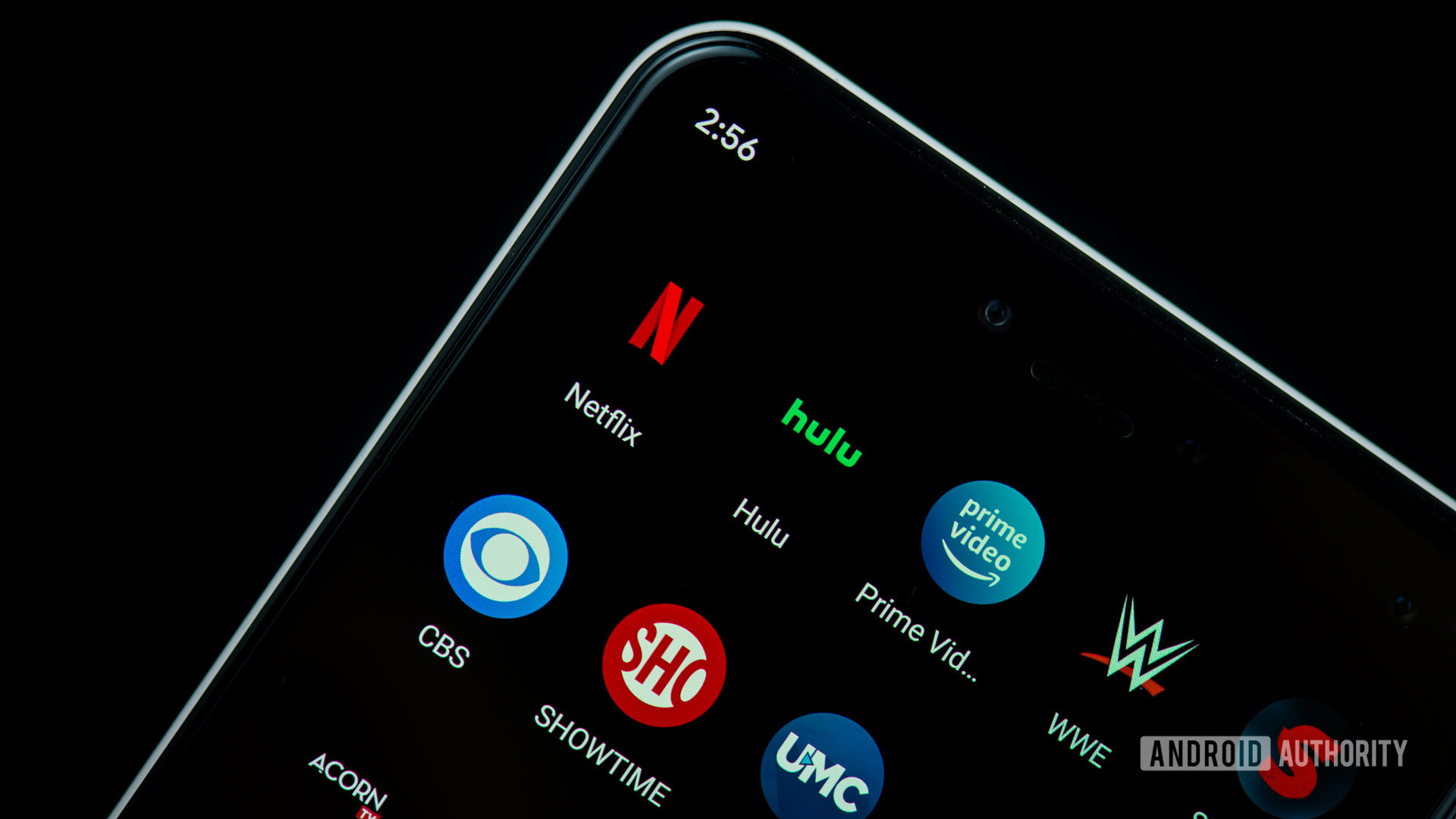
The good news for fans of Netflix is that the success of new streamers doesn’t mean Netflix is going to bow out. There’s a lot of room at the top in the future of streaming, it seems.
If current trends hold, Netflix will absolutely find itself sharing that position. With recent price hikes and dips in subscribers, though, Netflix may need a new strategy.
There are still plenty of unknowns that may tip the balance. Cable TV is still in the game, and streaming has yet to find a way to take over where cable really shines: live sports.
Current trends predict a diverse streaming field, but that could still change.
If someone cracks live sports on streaming, that could be the game-changer. There are live TV streaming services, certainly, but they generally allow you to tune into cable channels via your home internet. It’s a great service, but it’s a hybrid model. For streaming to fully “win,” those channels would probably need to fully migrate online.
But short of that, we’re likely to see streamers exist in a much more diverse ecosystem, with streaming bundles helping us manage our subscriptions. Disney already bundles Disney Plus, Hulu, and ESPN Plus at a discounted rate. And Amazon Prime Video allows you to sign up for individual “channels” like Shudder and Showtime to fill out your subscription with some extra content.
The good news? Subscribers have tons of options to choose from. The future of streaming is one of plenitude. If Netflix’s library isn’t your jam, you have the power to ditch it and try somewhere else.